Main navigation
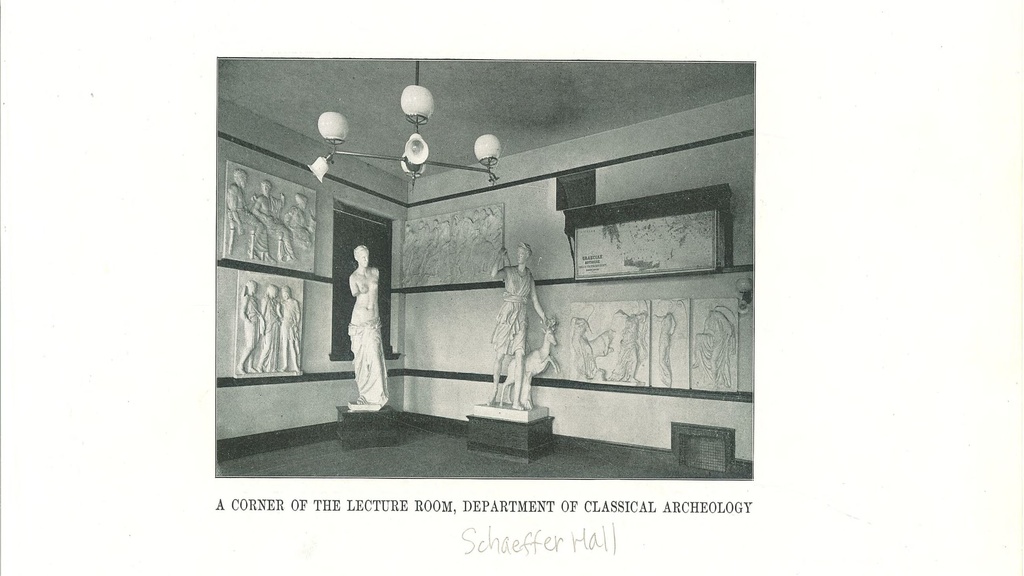 1882
1882Students at the University of Iowa were required to study free-hand drawing
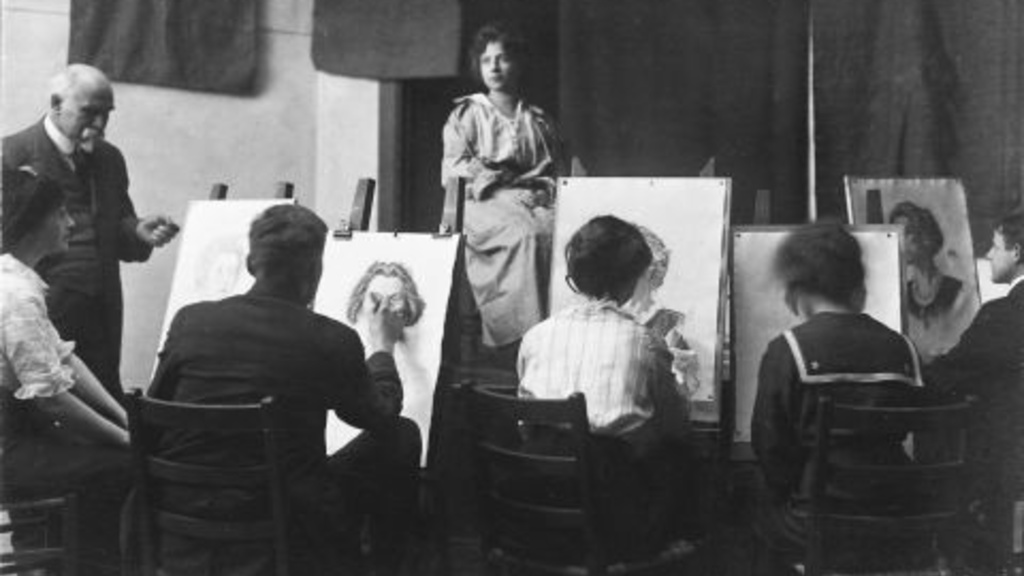 1900
1900The Department of Philosophy and the Department of Classical Archaeology offered the first art history courses on the UI campus
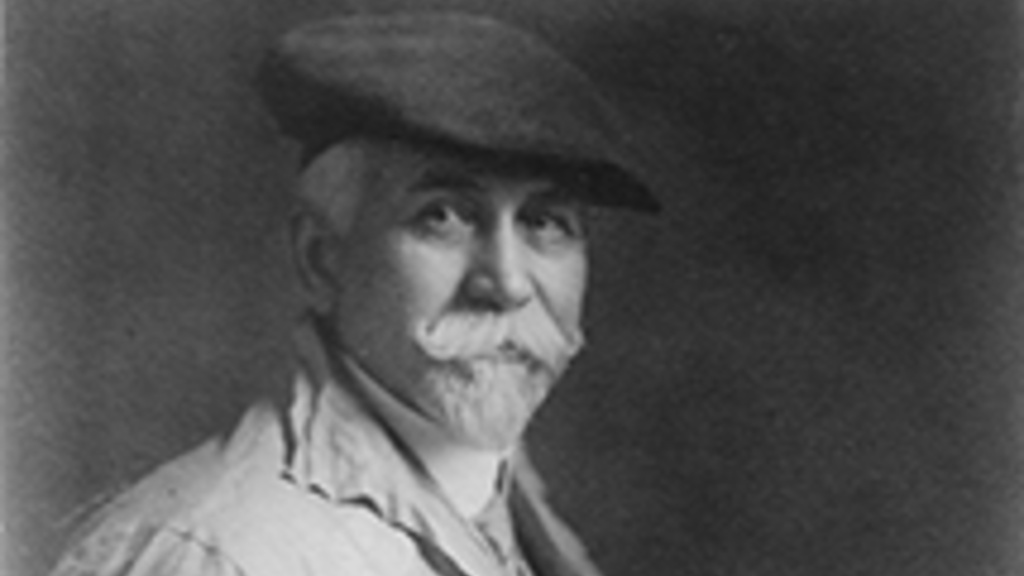 1905 - 1925
1905 - 1925Charles A. Cumming (1880-1947) was head of the fine arts program. He believed that knowledge of art was necessary for the moral uplifting of people
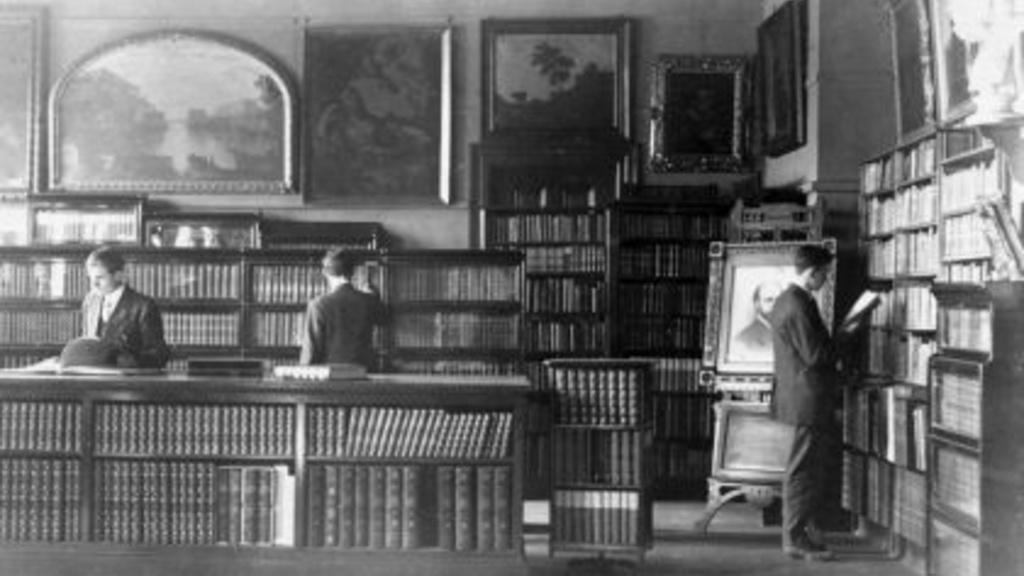 1907
1907The Mark Ranney Memorial Art Library was established by Martha Ranney through an endowment in her husband's memory
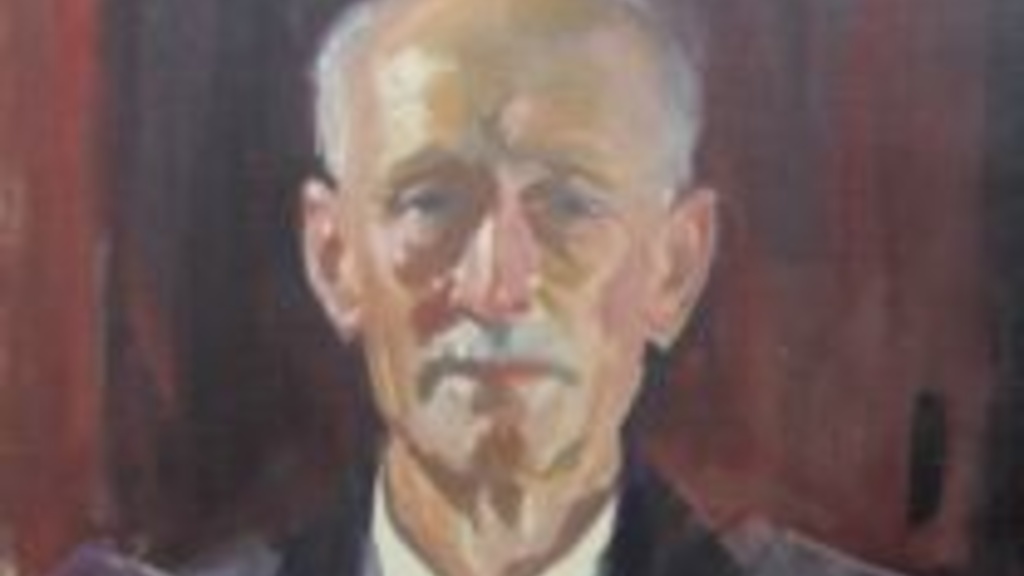 1908
1908Carl Seashore (1866-1949), a scholar of the psychology of music and the graphic arts was named Dean of the Graduate College and served until 1937
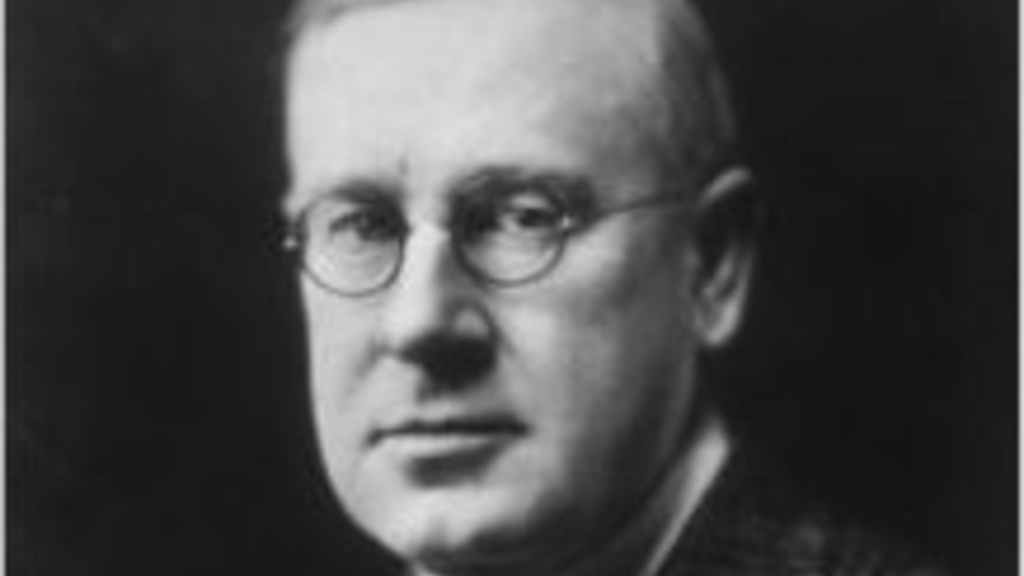 1908
1908With President Walter Jessup, Carl Seashore developed the School of Fine Arts in the 1930s
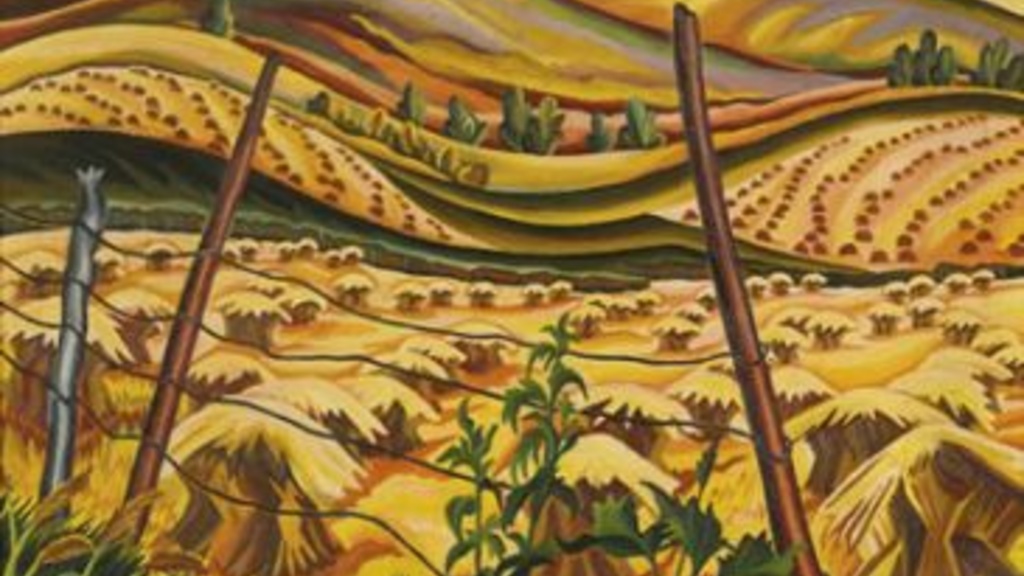 1910
1910A four-year BA program in the Department of Graphic and Plastic Arts was established
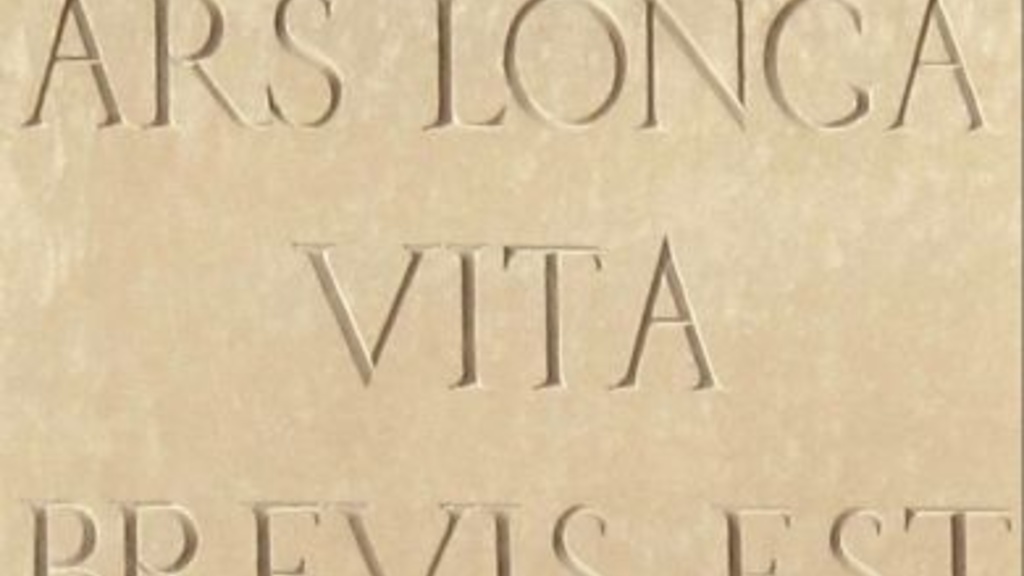 1920
1920Department of Art History and Appreciation is founded
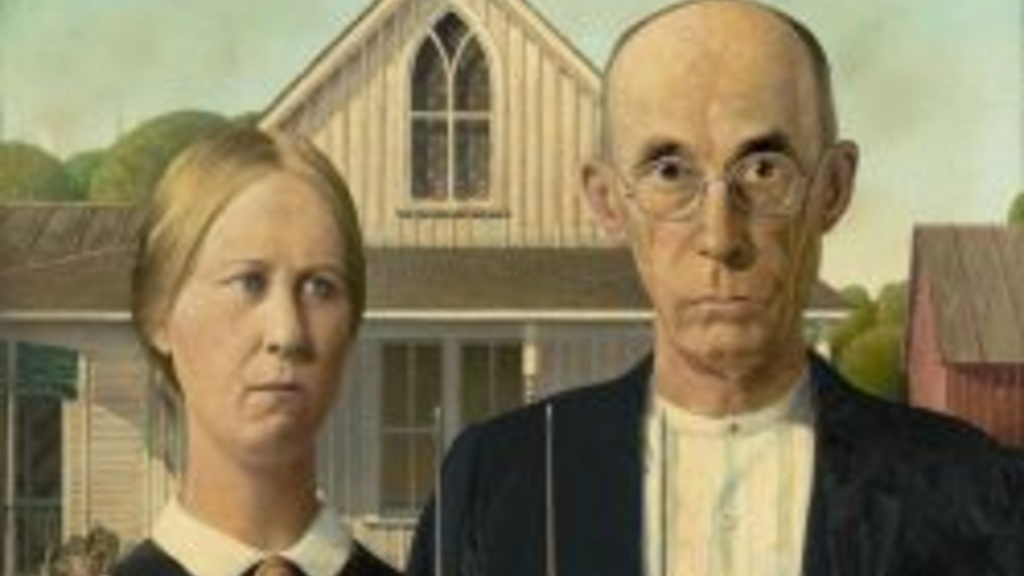 1922
1922The University of Iowa became the first major university to accept creative work in lieu of written theses for graduate degrees in the fine and performing arts. This is the origin of Iowa Idea-the innovative plan to major practicing artists to the faculty and combine art history and studio art into one department
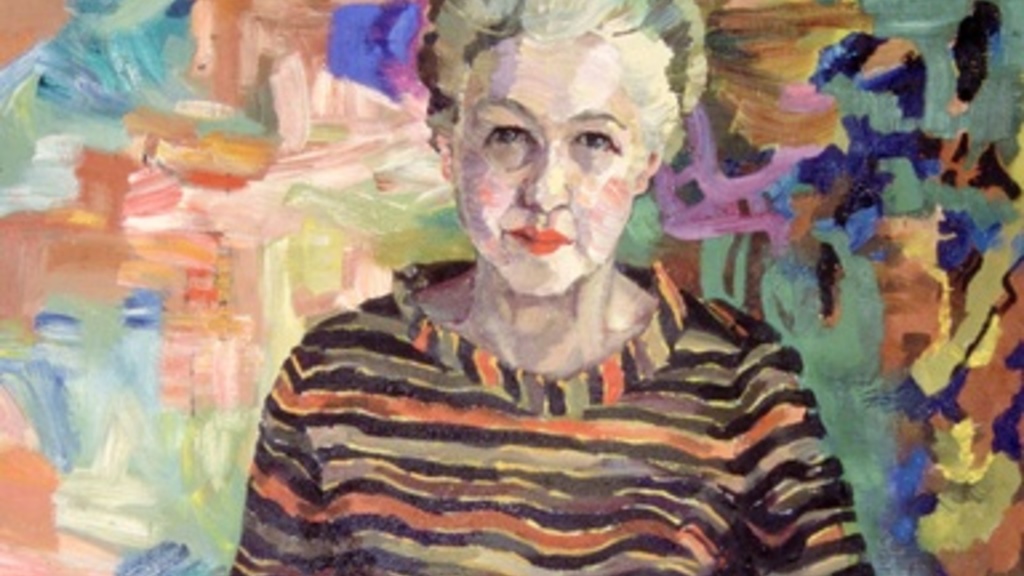 1924
1924Native Iowan Eve Drewelowe (1899-1988) received the first MA degree in fine arts granted by the University of Iowa.
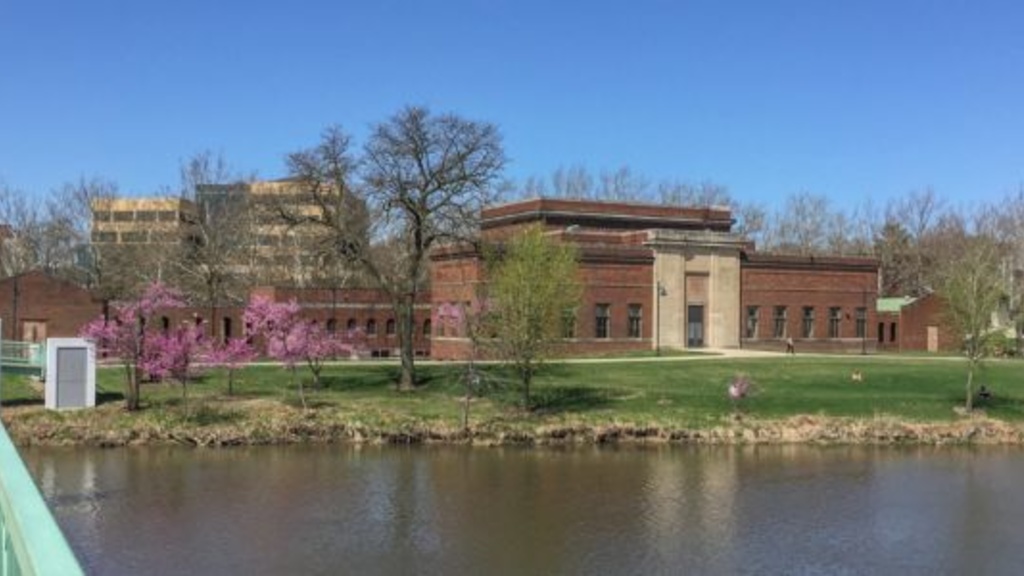 1929
1929Rufus Fitzgerald (1890-1966) was named director of the School of Fine Arts. He selected the west bank of the Iowa River for the location of the arts campus.
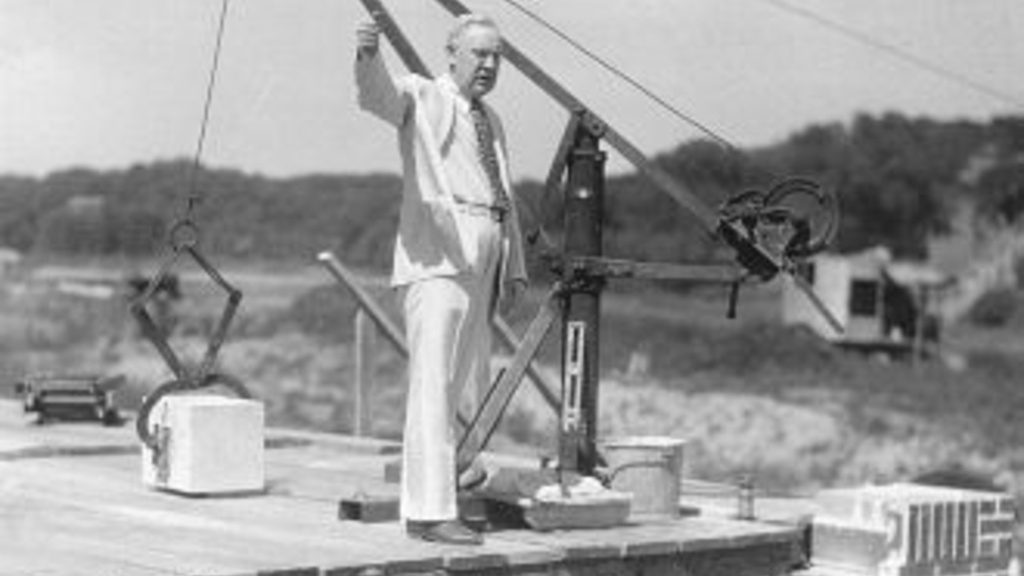 1934
1934President Jessup (1877-1944) dedicated the cornerstone of a new building to be built especially for the study of art. Inspired by the educational philosophy of John Dewey and in association with Dean Seashore, he developed the School of Fine Arts and initiated the arts campus building program on the west side of the river.
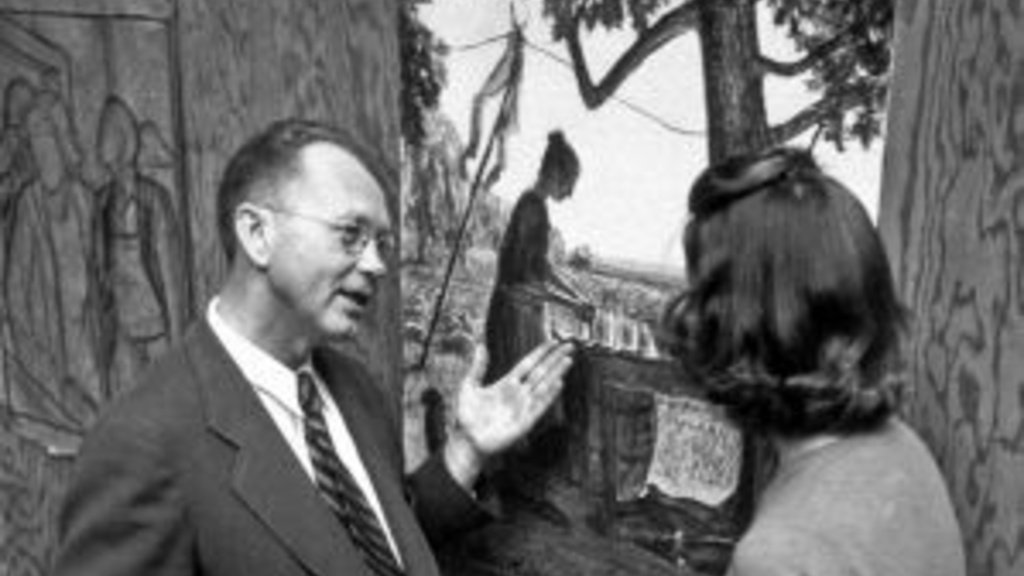 1934-1942
1934-1942Grant Wood (1891-1942) was appointed to the faculty. He was one of the leading figures in the Regionalist art movement.
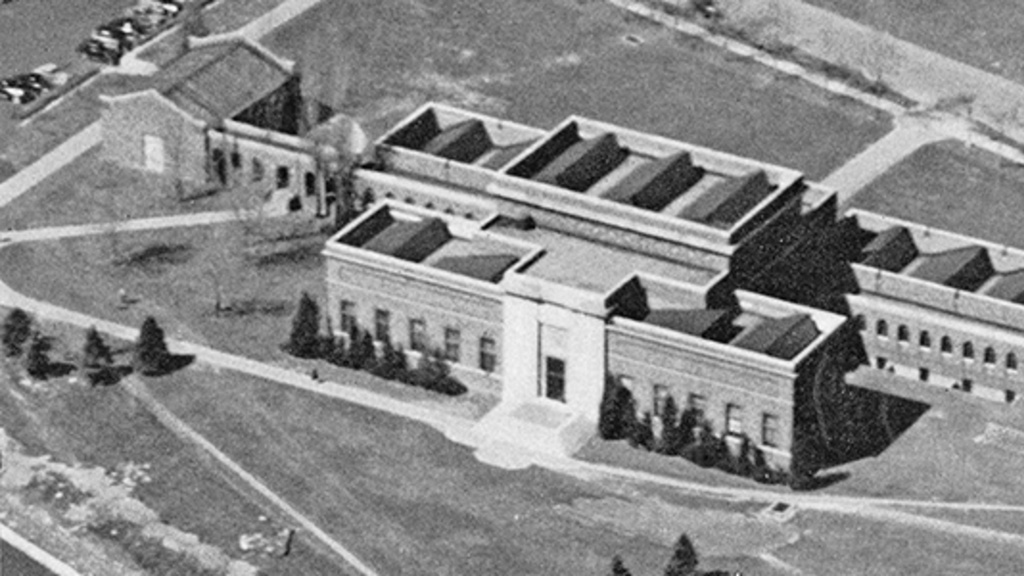 1936
1936The Palladio-inspired new Art Building, designed by university architect George Horner, opened.
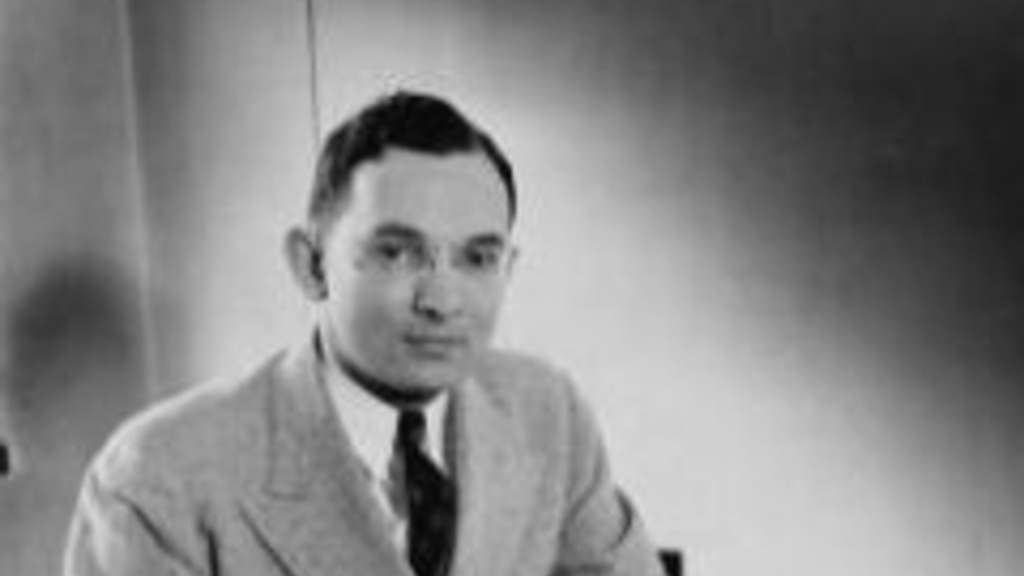 1936-1958
1936-1958Lester D. Longman (1905-1987), Princeton-trained art historian, was hired to direct the new joint art history and studio art program.
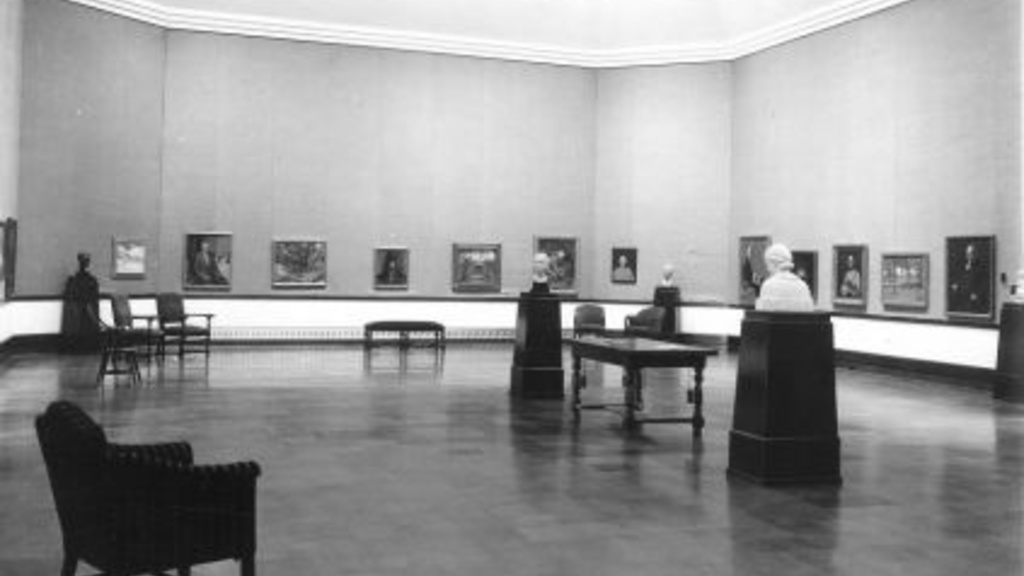 1938
1938Renamed the Department of Art, the programs were revised to embody the “Iowa Idea” of combining art history and studio art. BFA, MFA, and PhD degrees were added to the art program. Longman introduced courses in modern and contemporary art and established a gallery in the Art Building.
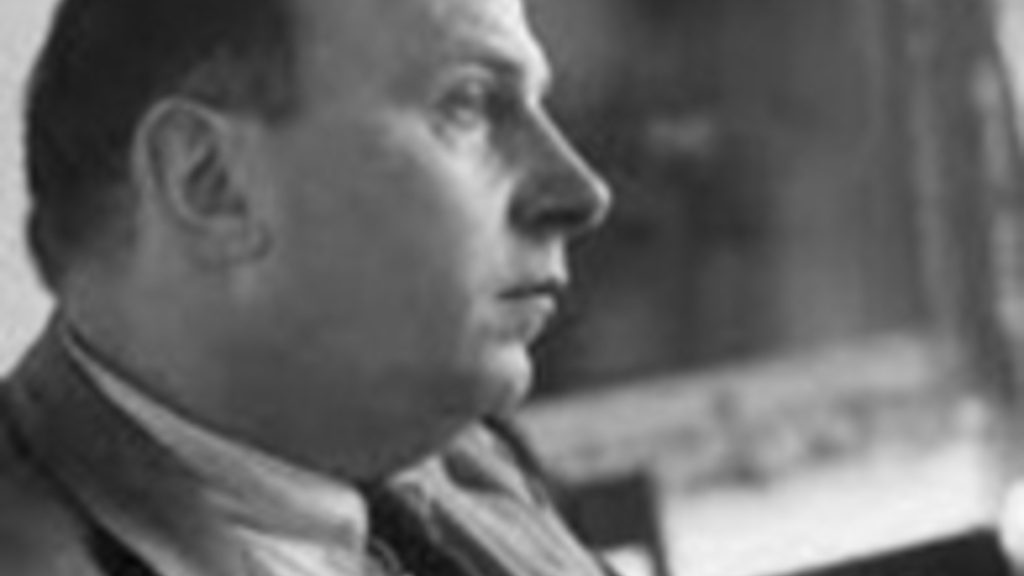 1938-1941
1938-1941Art historian H. W. Janson (1913-1982) was appointed to the faculty. He later published the History of Art, which became the leading art history survey text in the United States. His internationalist viewpoint clashed with Grant Wood's regionalist vision.
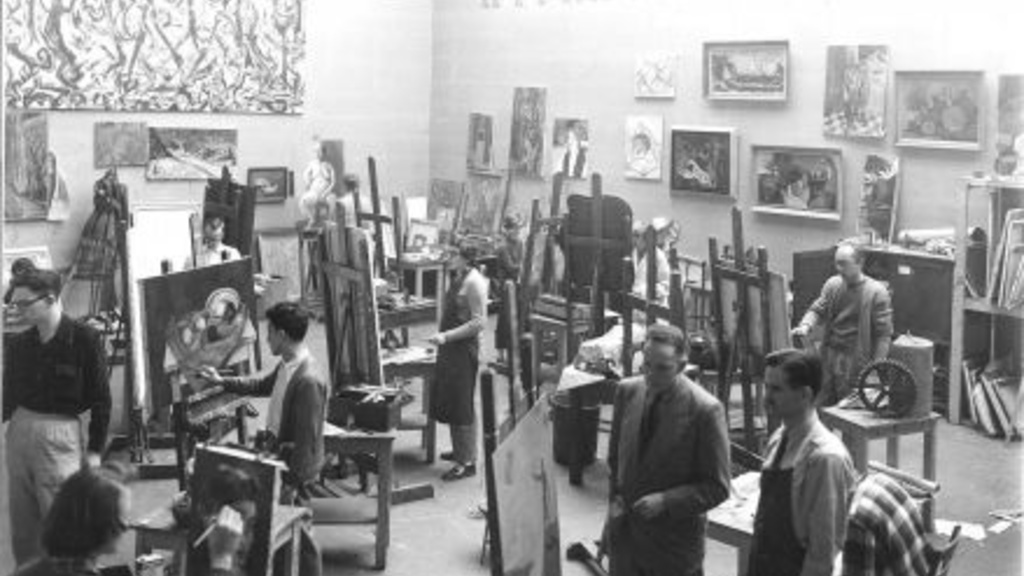 1938-1940s
1938-1940sUnder Longman’s directorship the Department of Art presented exhibitions of contemporary art, often borrowed from New York collections, and purchased works that later formed the foundation for the University of Iowa Museum of Art, including Max Beckmann’s Karneval.
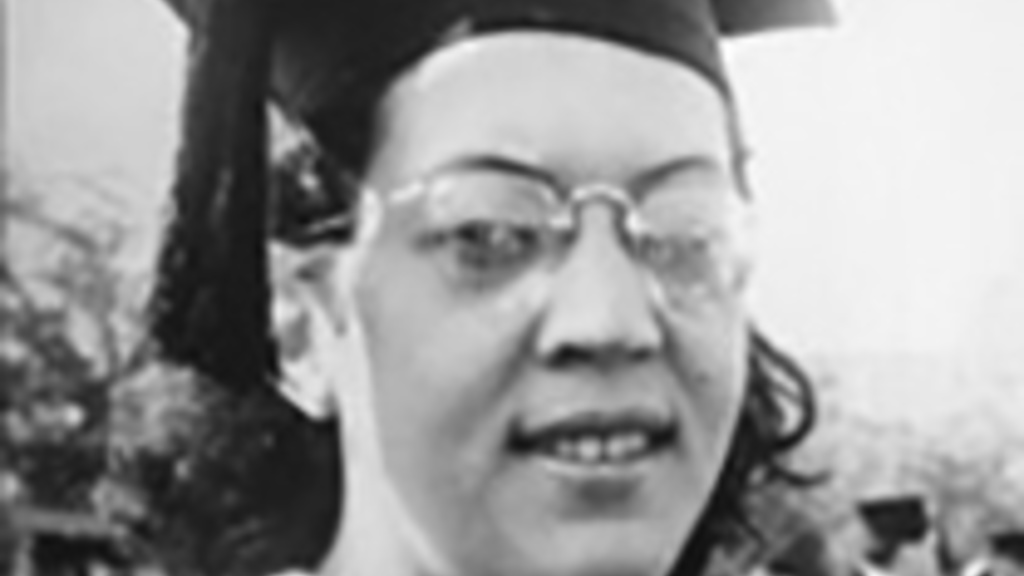 1940
1940Elizabeth Catlett (1915-2012) was the first person, first woman, and first African-American to receive the MFA degree. She studied with Grant Wood and Henry Stinson and gained critical acclaim through her socially-charged prints and sculptures. Catlett Hall, the largest dormitory on campus, was named in her honor in 2017.
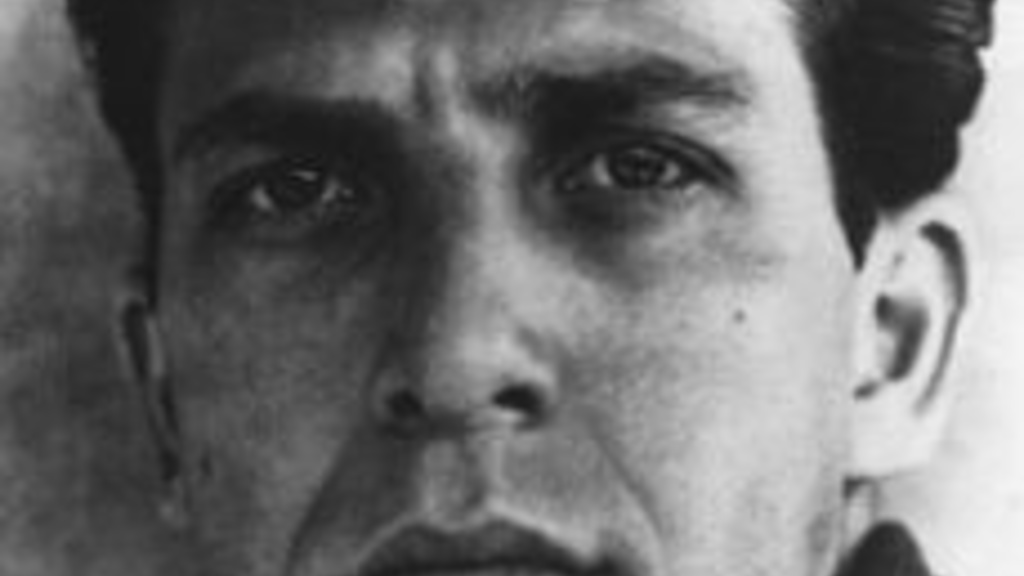 1941-1945
1941-1945Philip Guston (1913-1980), New York School painter and printmaker was appointed to the faculty.
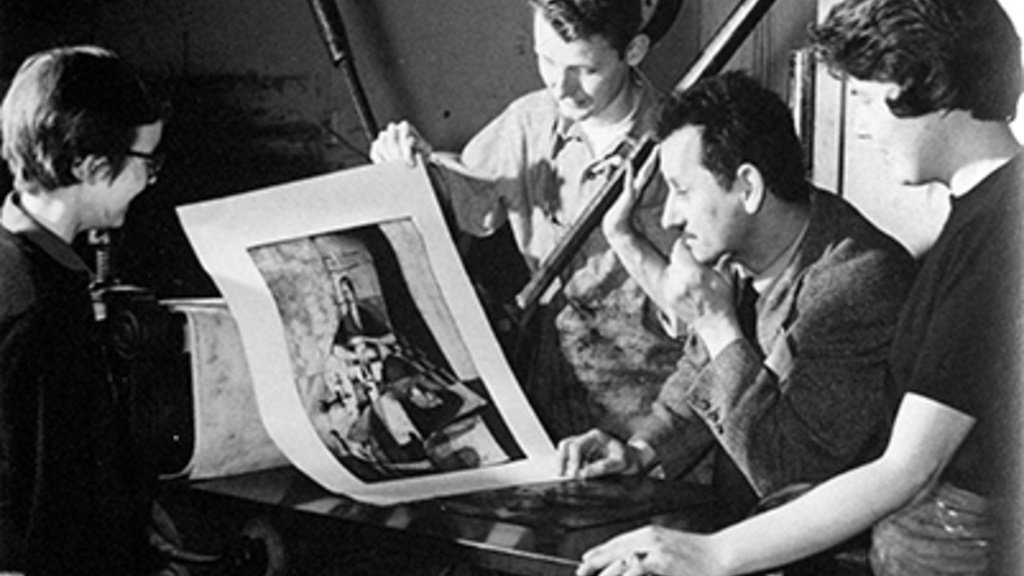 1945-1984
1945-1984Mauricio Lasansky (1914-2012) was appointed to the faculty. He founded the innovative printmaking program that offered the first MFA in printmaking in the U.S. He is considered a forerunner in the evolution of the graphic arts as a critical art form. Together with his students, he established the Iowa Print Group for the exhibition of prints and the promotion of print culture.
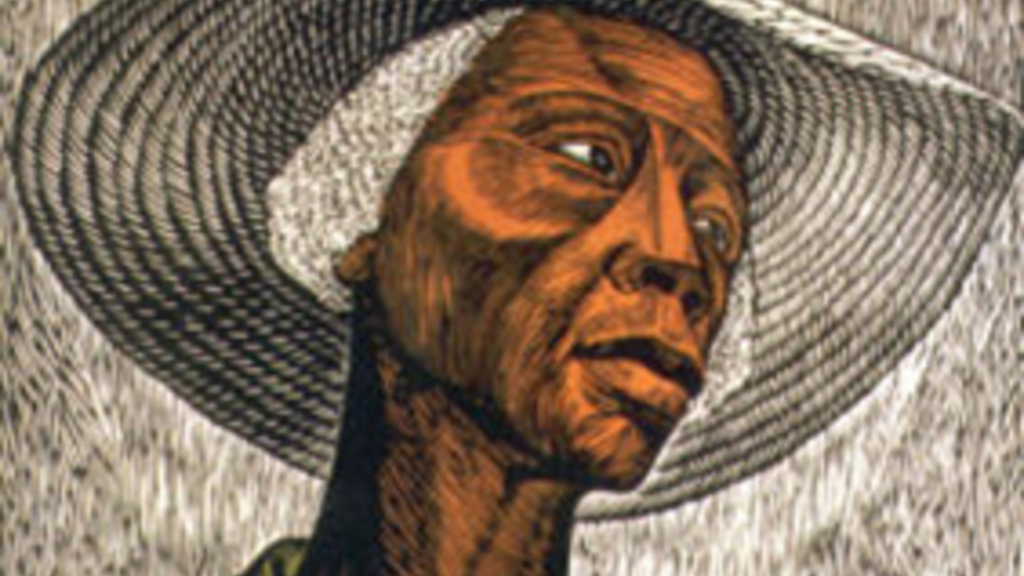 1946-1962
1946-1962Owing to the influx of returning veterans on the G.I. Bill, the University of Iowa conferred more graduate arts degrees in the post-war period than any other university.
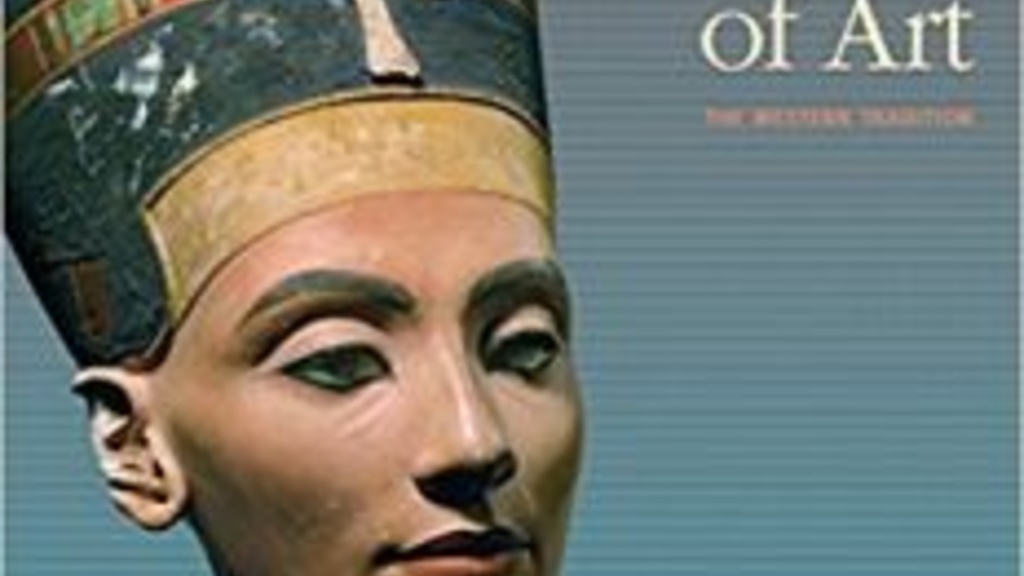 1947-19_
1947-19_Byron Burford (1920-2011) appointed to painting faculty, having studied under Philip Guston and Grant Wood. Represented U.S. in Venice Biennale in 1968.
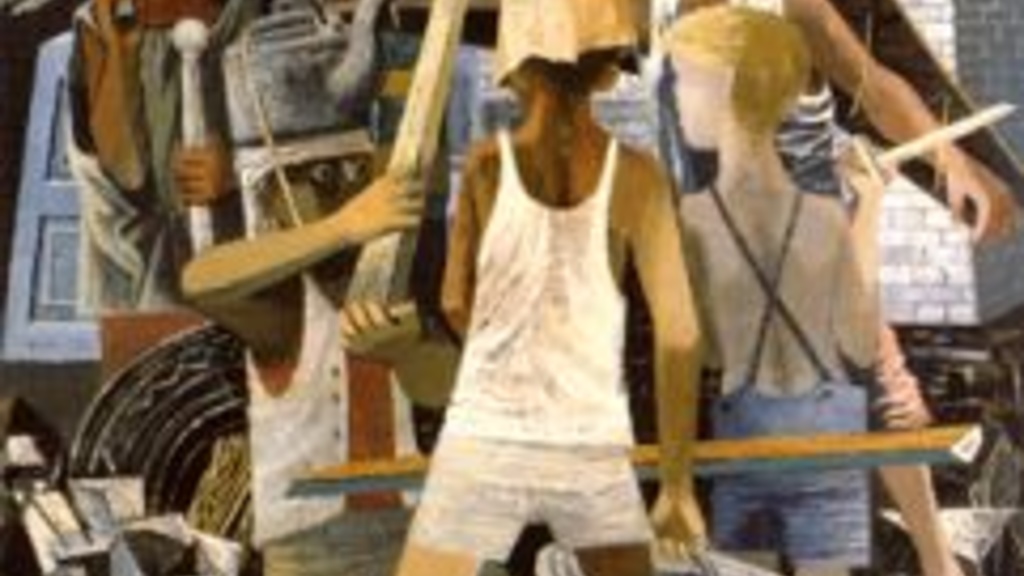 1948
1948In recognition of Iowa's innovative art program, Peggy Guggenheim donated Jackson Pollock's Mural to the Department of Art. The painting arrived on campus in 1951.
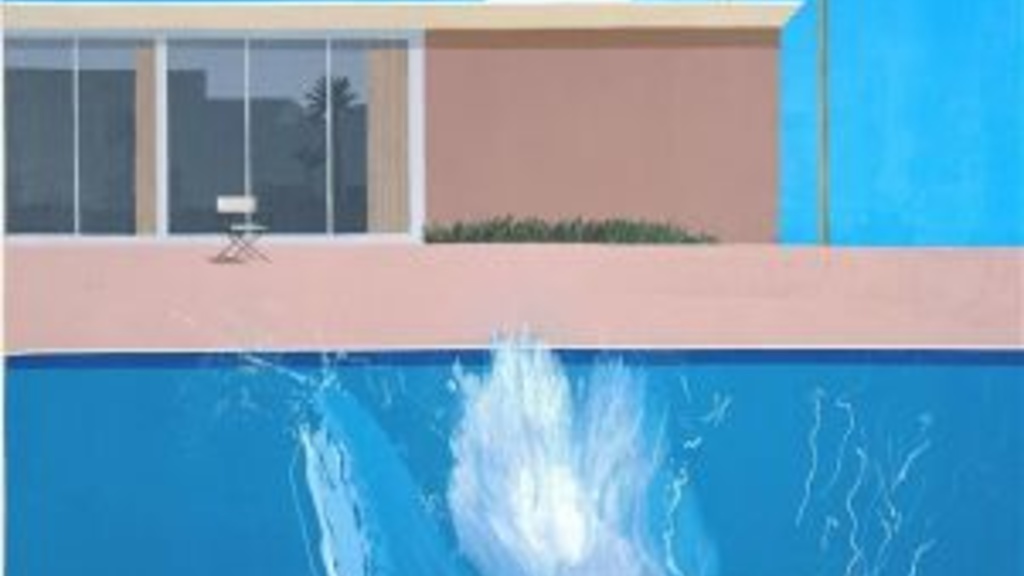 1949
1949Miriam Schapiro (1923-2015) received the MFA degree. She is one of the founders of the feminist art movement in the United States.
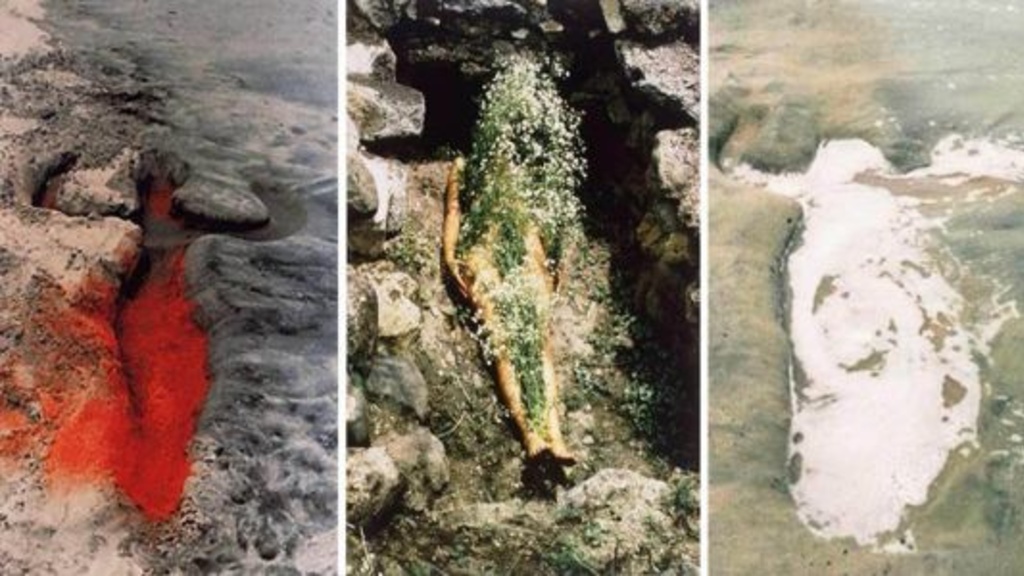 1951
1951Riva Castelman (1930-2014) graduated with a BA in Art History. She became Director of MOMA’s department of prints from 1976-1995 and was named deputy director of curatorial affairs in 1986.
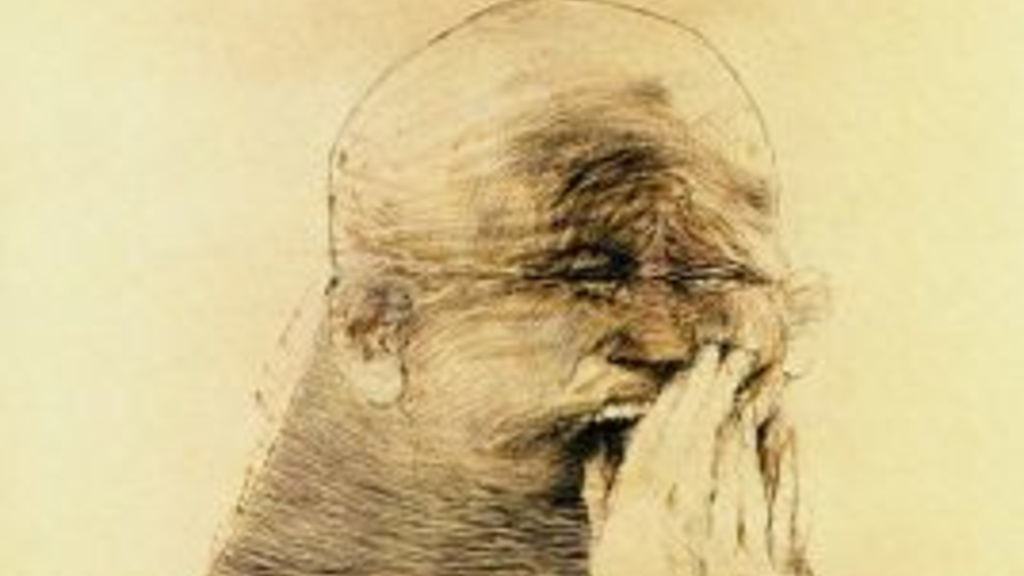 1957
1957Roy Sieber (1923-2001), the first scholar in the United States to receive a PhD in African art history, graduated from the University of Iowa. He went on to mentor many students at Indiana University and became a research scholar for the National Museum of African Art at the Smithsonian Institution.
- 1959-1976
Frank Seiberling (1908-1990), art historian and Director of the School of Art & Art History, encouraged the creation of the University of Iowa Museum of Art. He greatly expanded the art history faculty and added intermedia to the studio art curriculum. He also updated and expanded the Art Building complex with an administrative/printmaking wing and new sculpture, ceramics, and jewelry and metal-smithing studios.
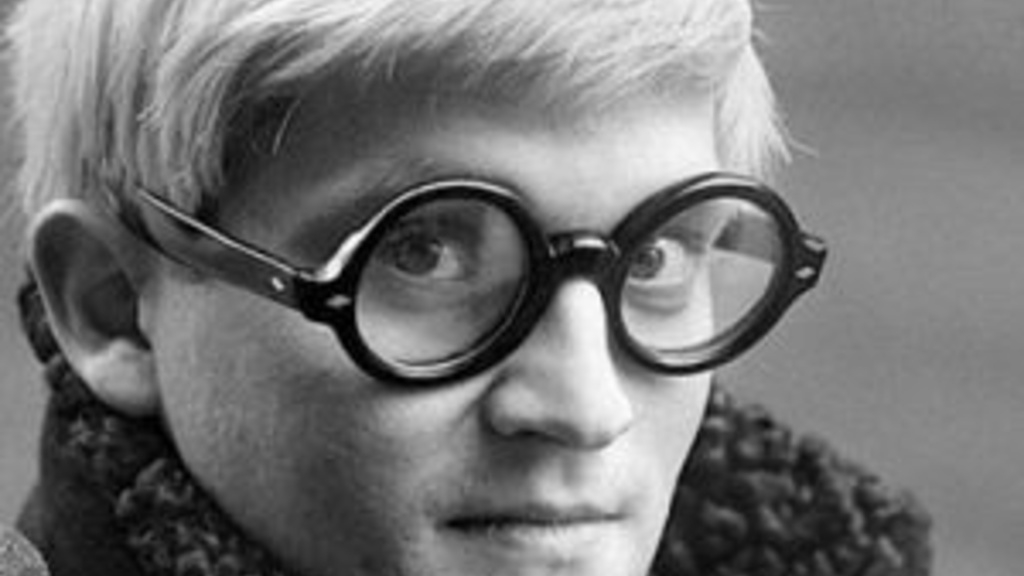 1964
1964David Hockney (1937-) was appointed to the painting faculty. Renowned as one of the leaders of the Pop Art movement of the 1960s.
- 1966-2000
Hans Breder joined the faculty.
- 1968
Hans Breder (1935-2017) founded the intermedia program.
- 1969
The University of Iowa Museum of Art opened in building designed by Max Abramovitz. Ulfert Wilke (1907-1987) was appointed its first director (1969-1978).
- 1973-1993
Wallace J. Tomasini was appointed Director of the School of Art & Art History. He collaborated with Joyce Summerwill at the UI Hospitals & Clinics in 1978 to implement Project Art, a program to make art accessible to hospital patients.
- 1975
Charles Ray (1953-) received the BFA degree. He is regarded today as one of the most significant sculptors of his generation.
 1977
1977Intermedia artist Ana Mendieta (1948-1985) receives the MFA degree. A student of Hans Breder, she became a seminal figure in feminist art practice of the 1970s.
- 1984
Maxwell and Elizabeth Stanley donated their collection of 800 objects of African art to the University of Iowa Museum of Art.
- 1989
Project for the Advanced Study of Art and Life in Africa was established with Stanley Foundation support.
- 1993
Flooding of the Iowa River closes Art Building for the summer.
- 1994-2009
Dorothy Johnson was named Director of the School and the program restructured into studio art and art history Divisions.
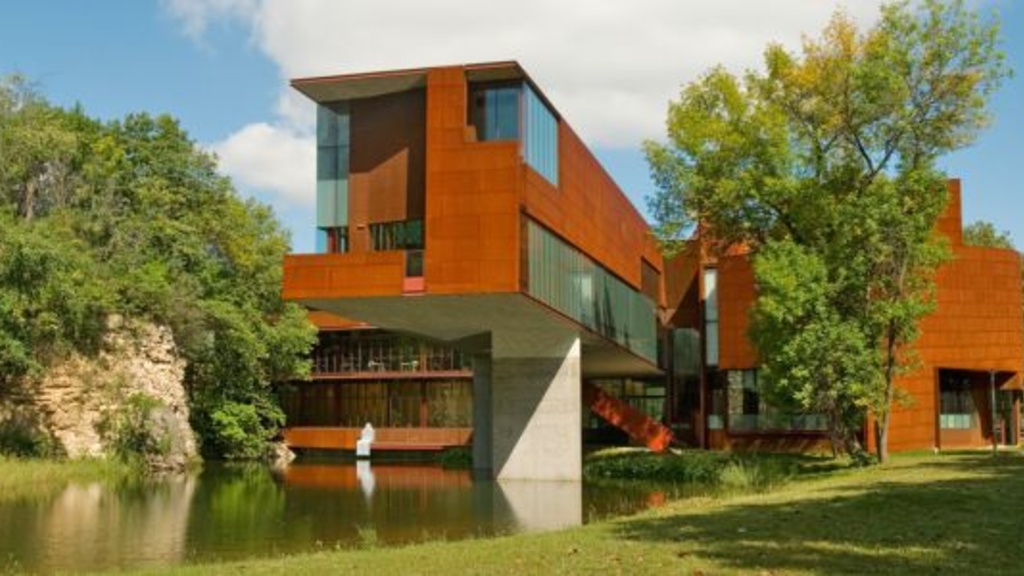 2006
2006Art Building West opened, designed by Steven Holl Architects of New York.
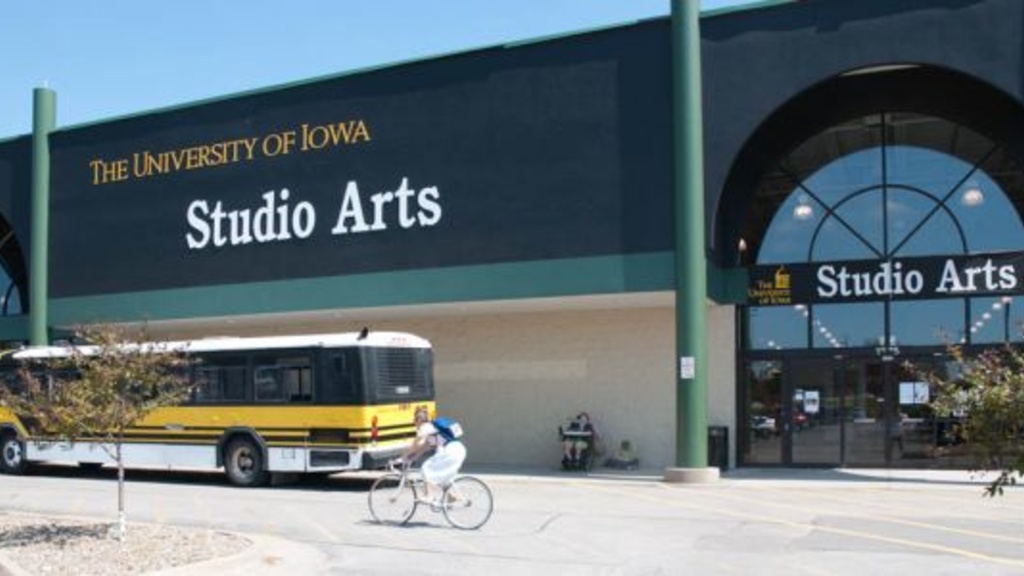 2008
2008The Iowa River flood damaged much of the arts campus and rendered Art Building and Art Building West unusable. The studio division moved to a former big-box store south of Iowa City, renamed Studio Arts. The art history division relocated to Seashore Hall on the main campus.
- 2011
The Grant Wood Fellowship Program was founded under the aegis of the School of Art & Art History.
- 2012
Art Building West reopened for classes in January.
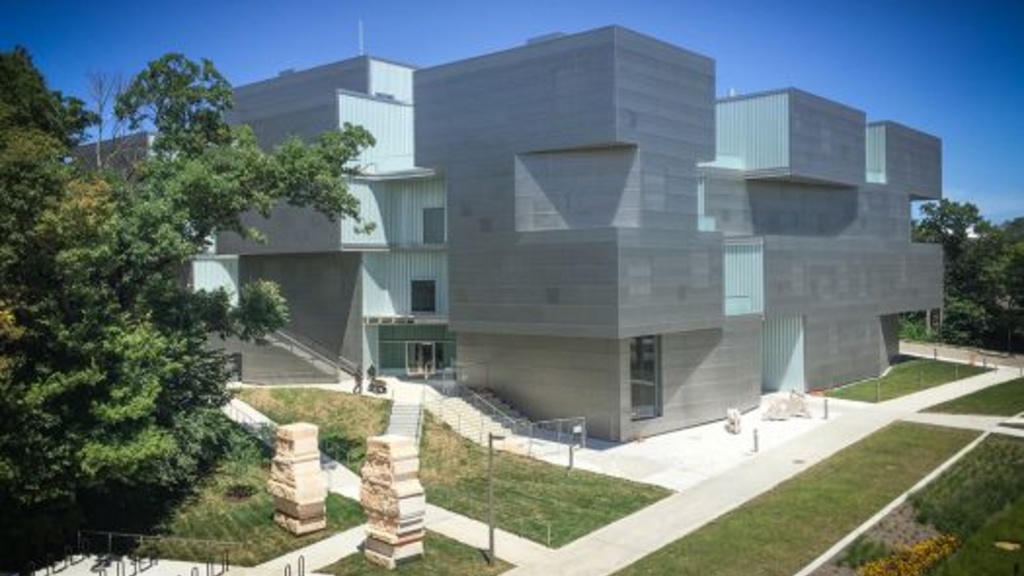 2016
2016The Visual Arts Building designed by Steven Holl Architects was opened, reuniting the studio and art history divisions on the arts campus. The Old Art Building from 1936 is to be restored and repurposed.